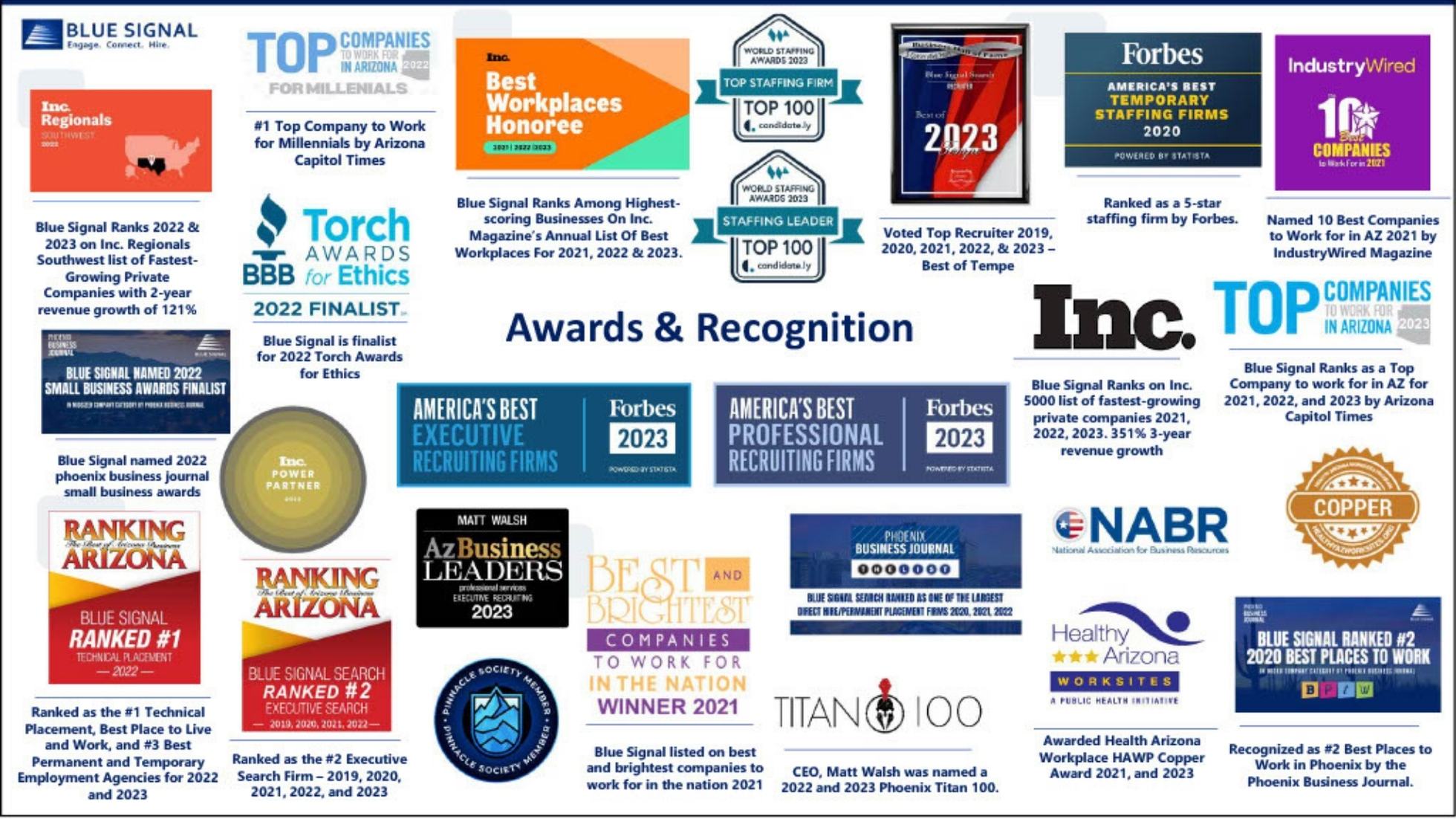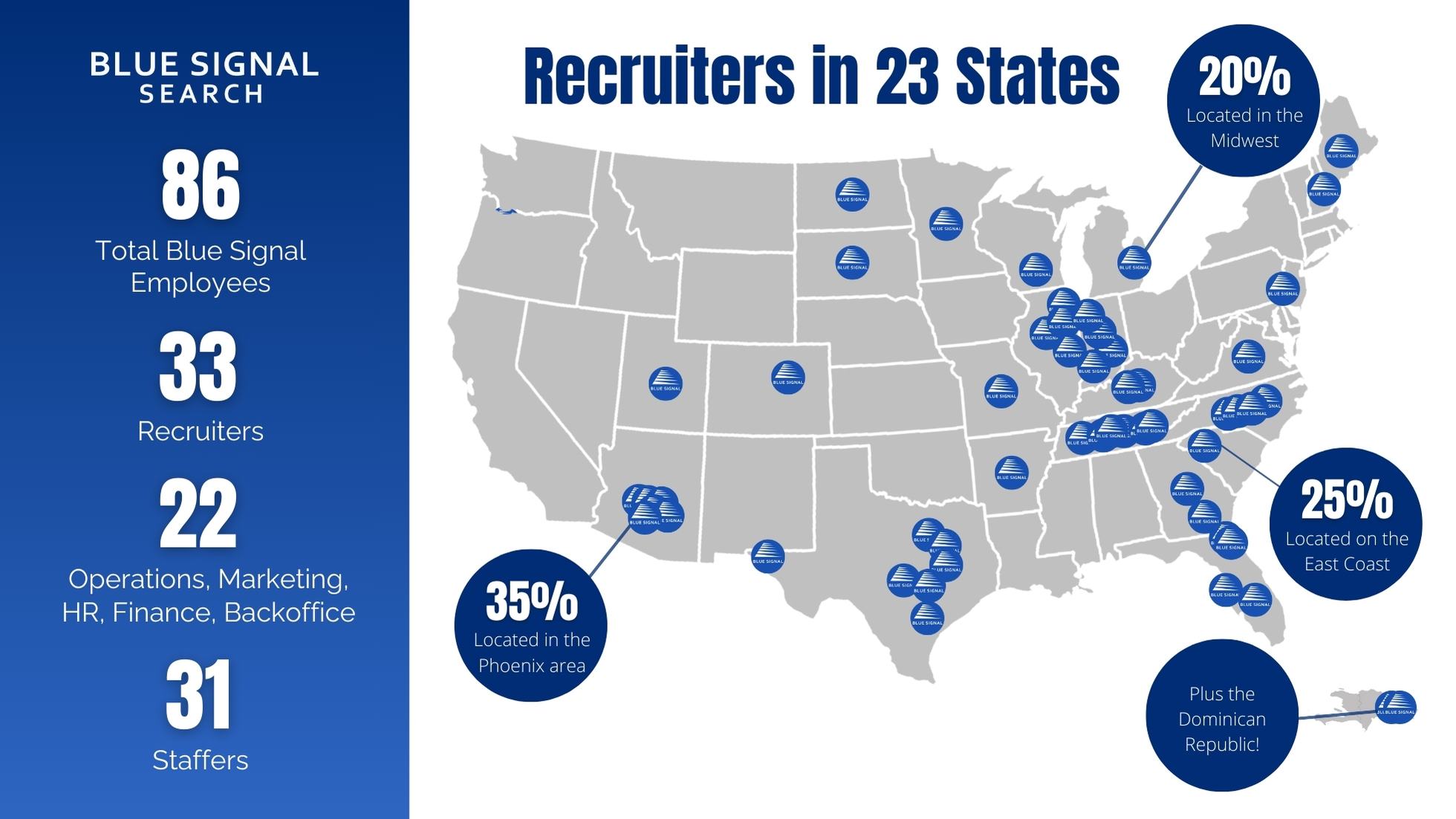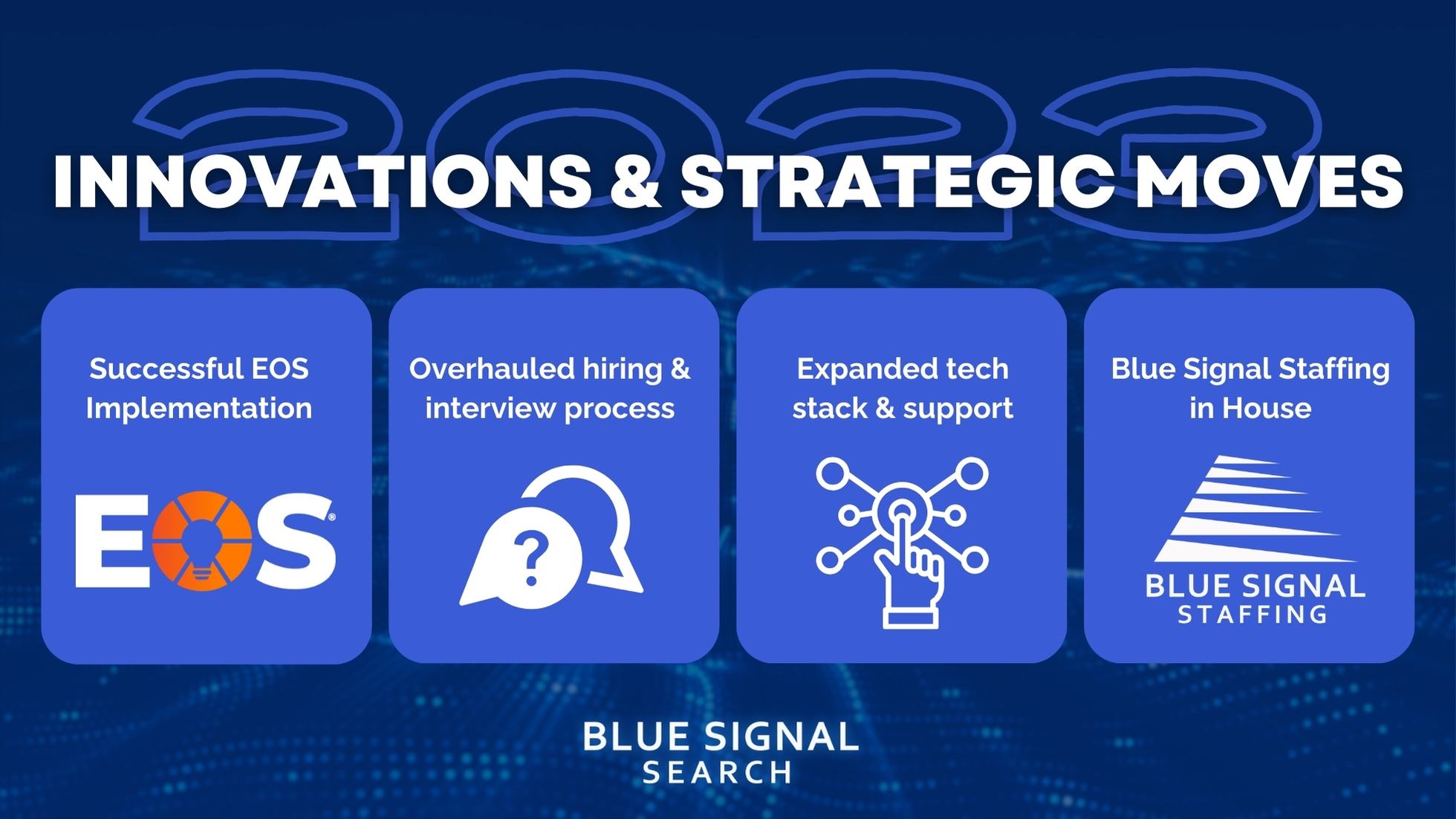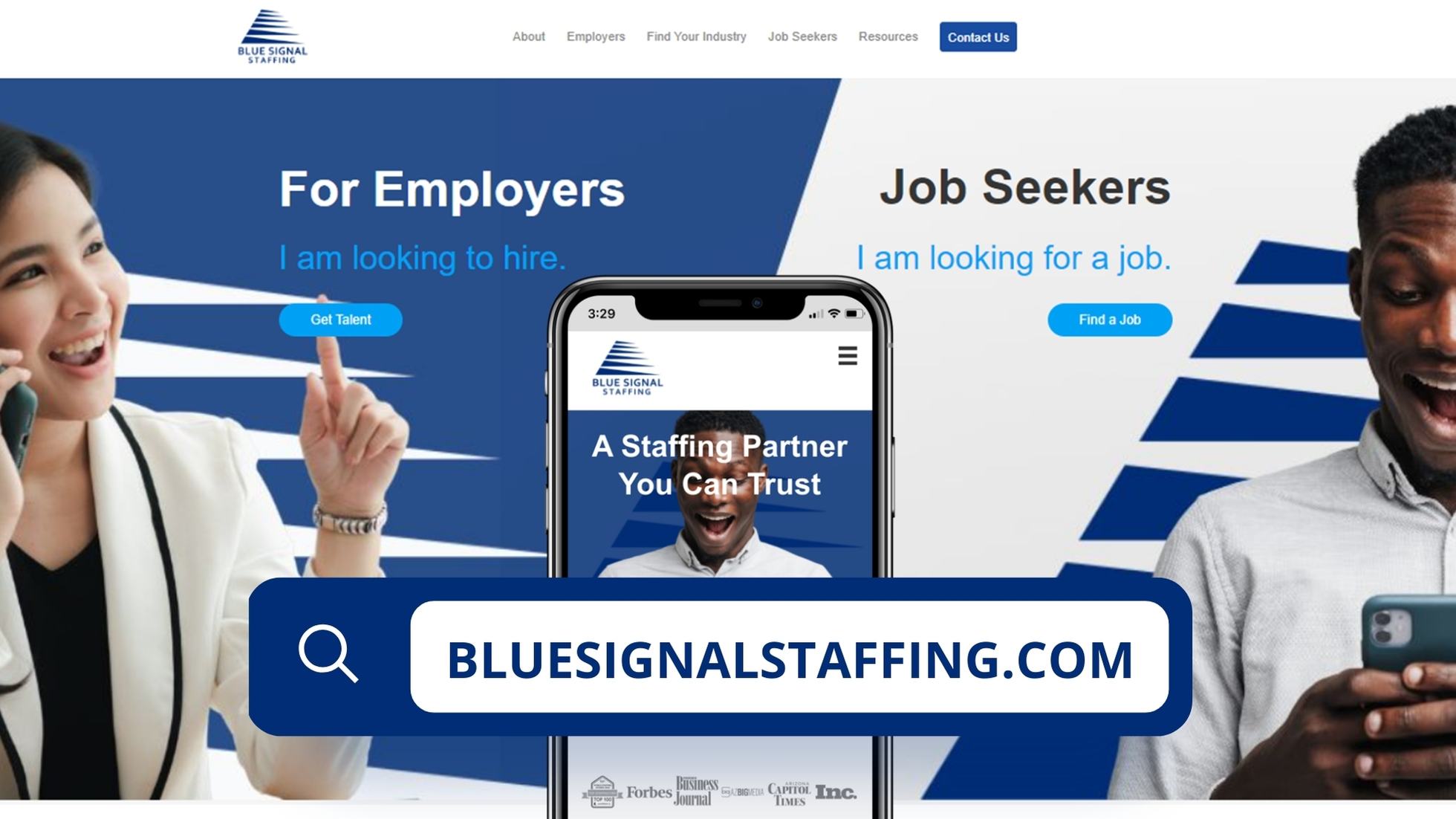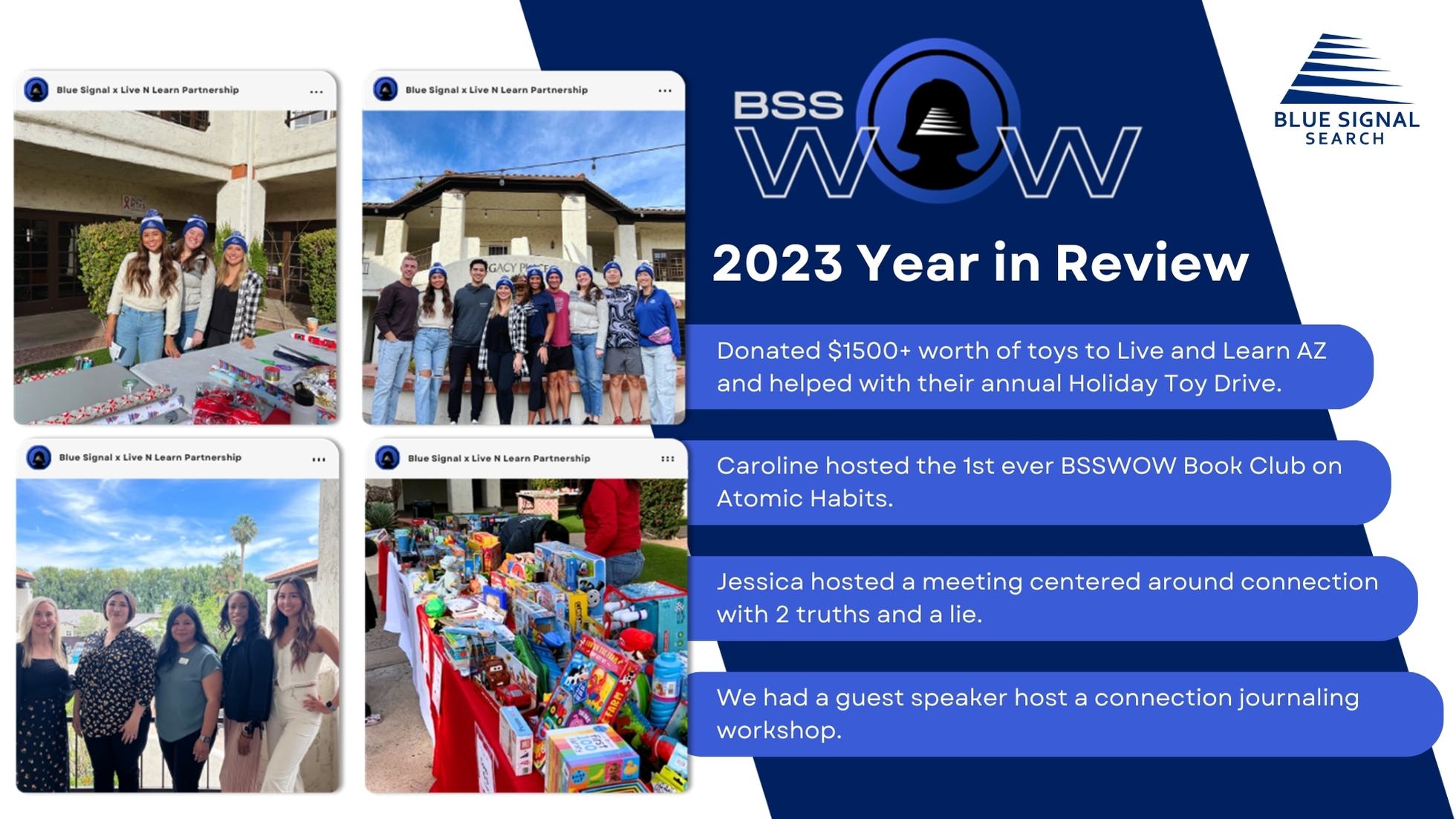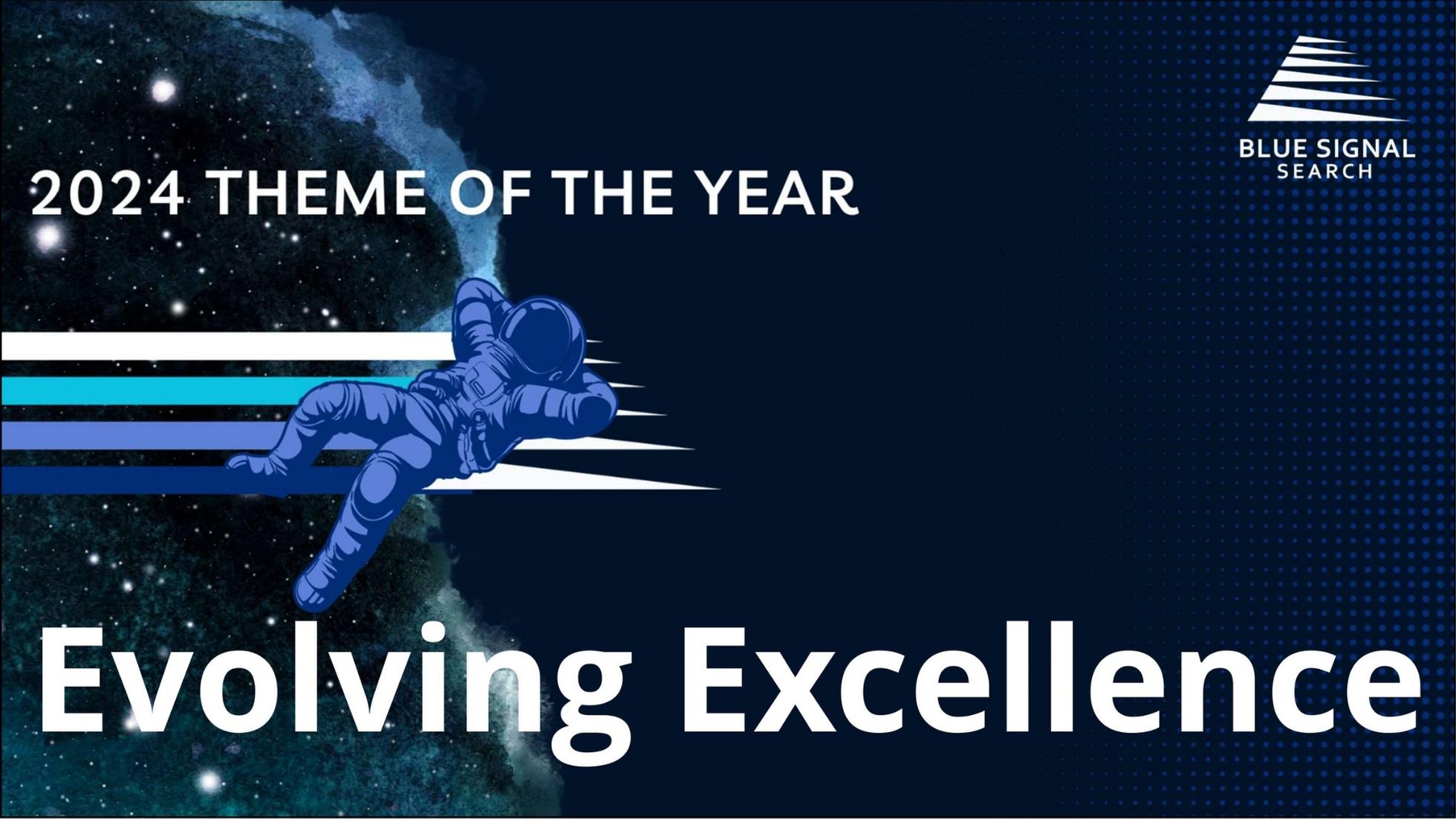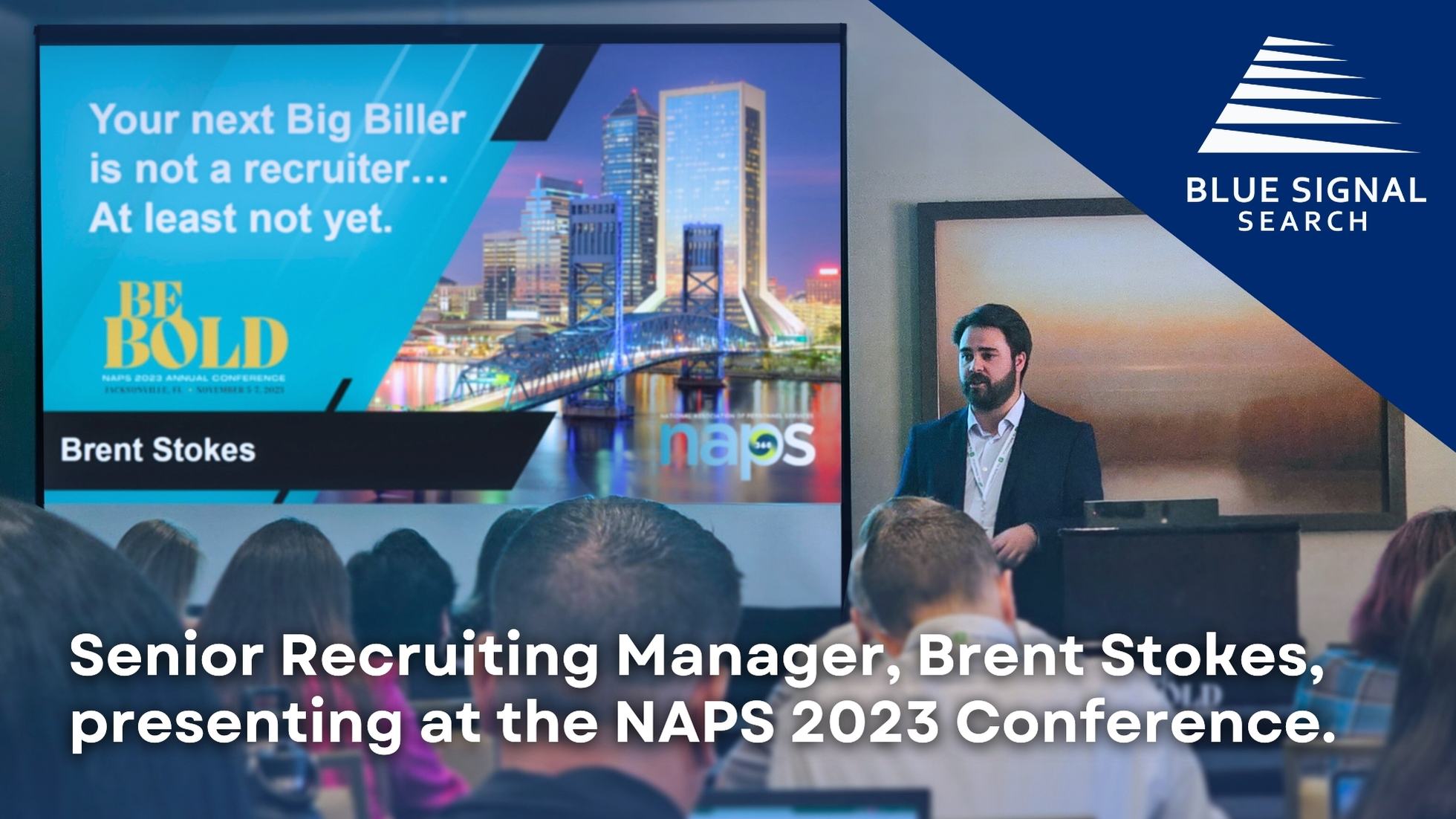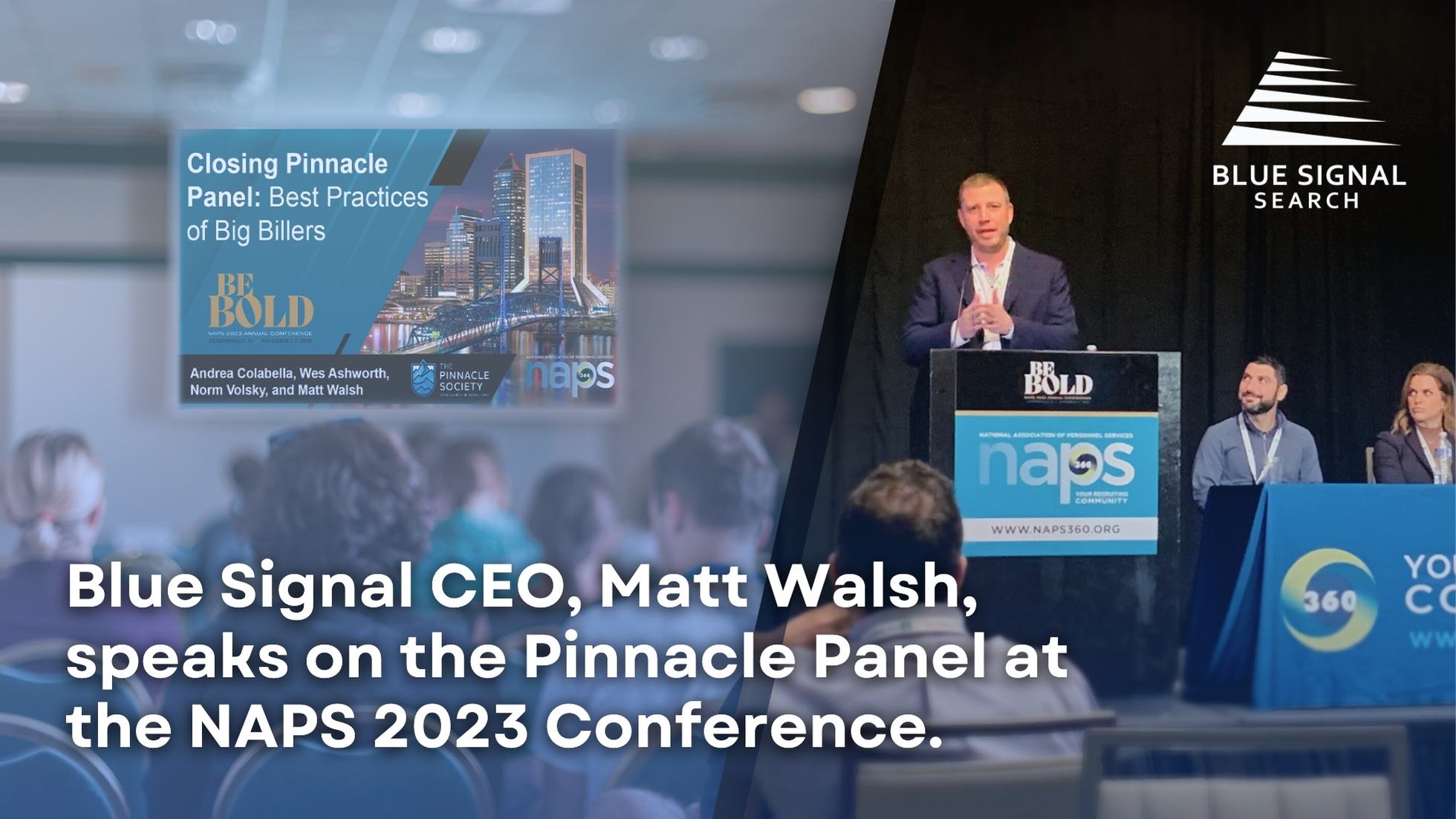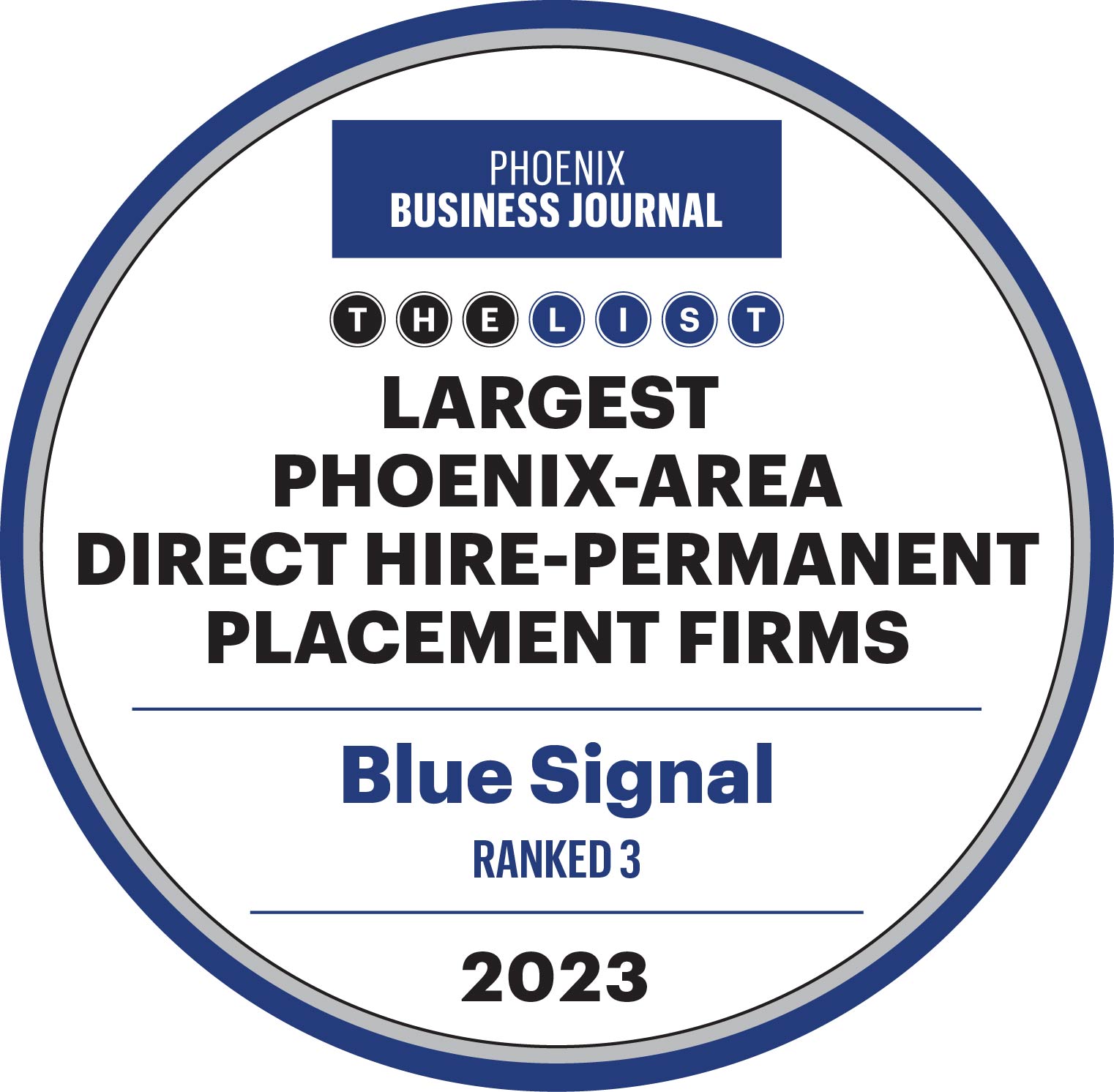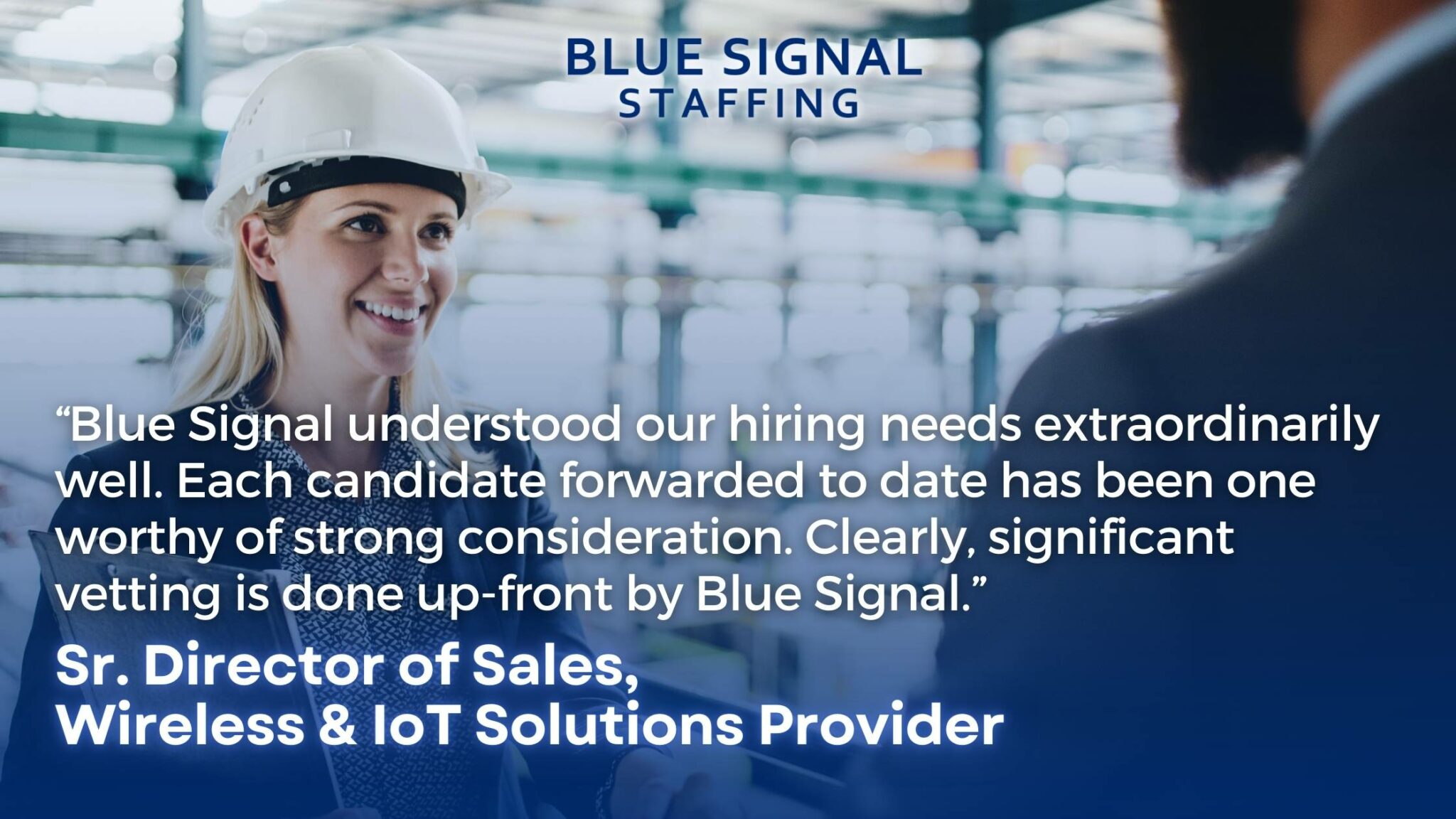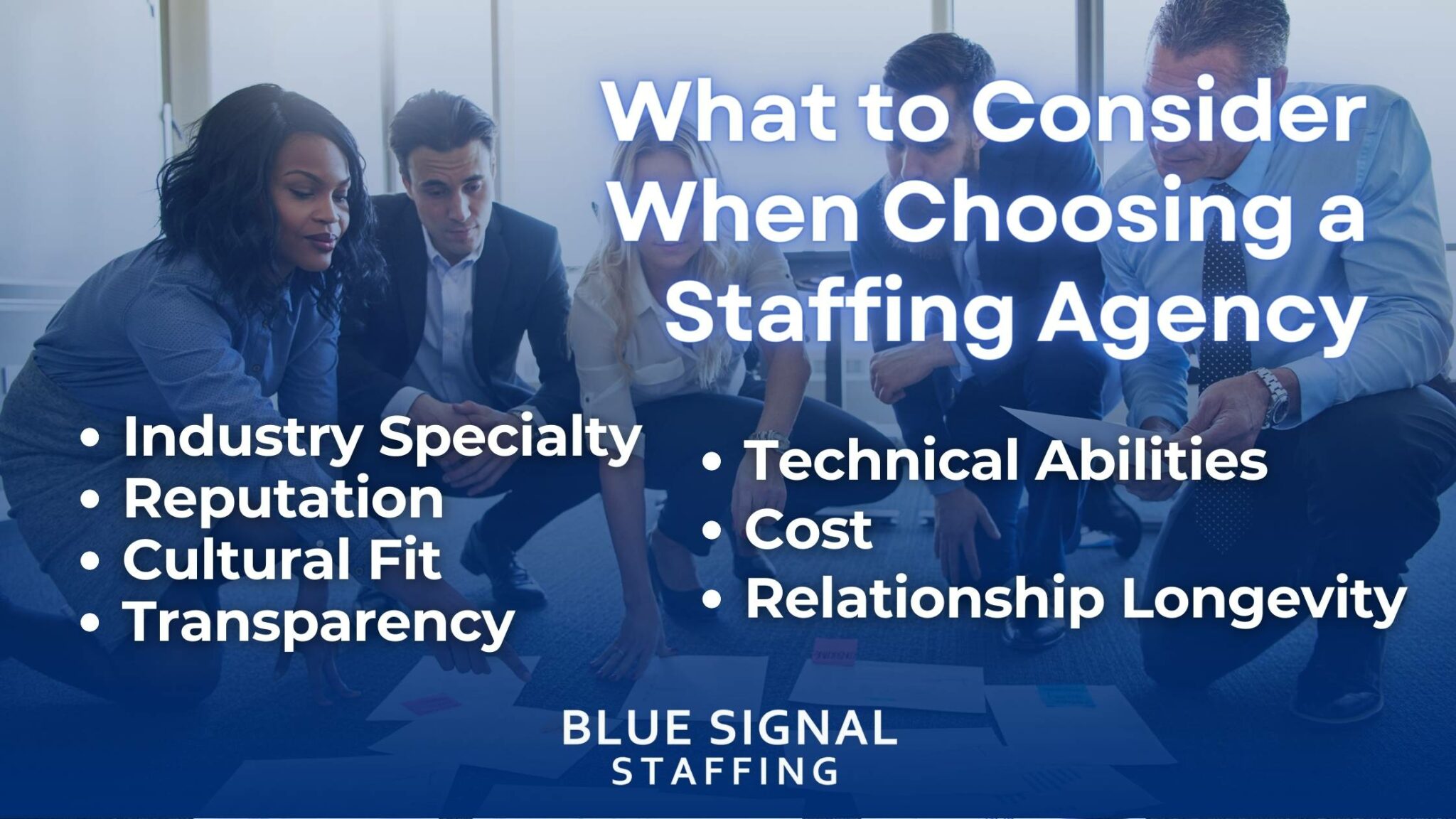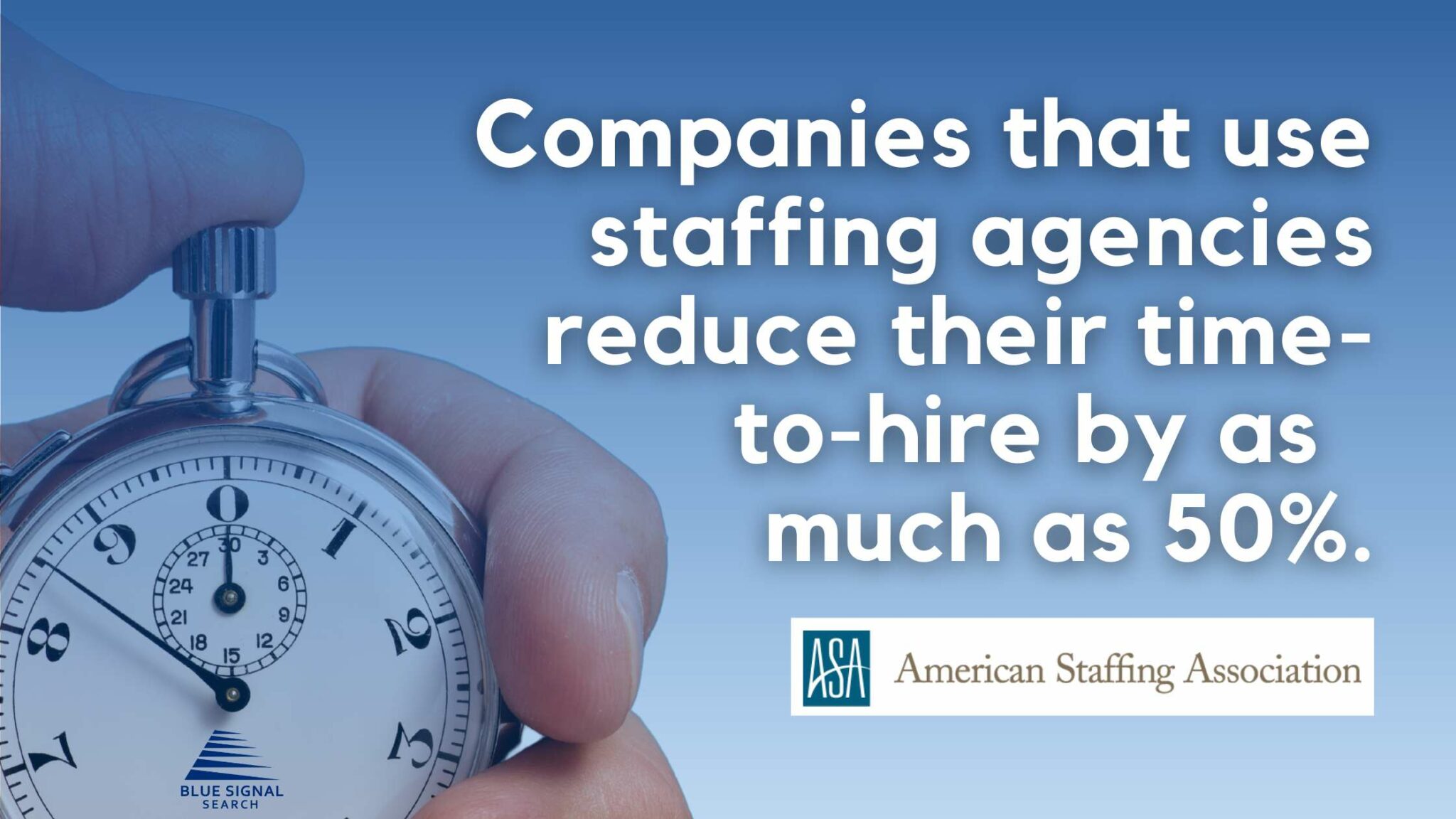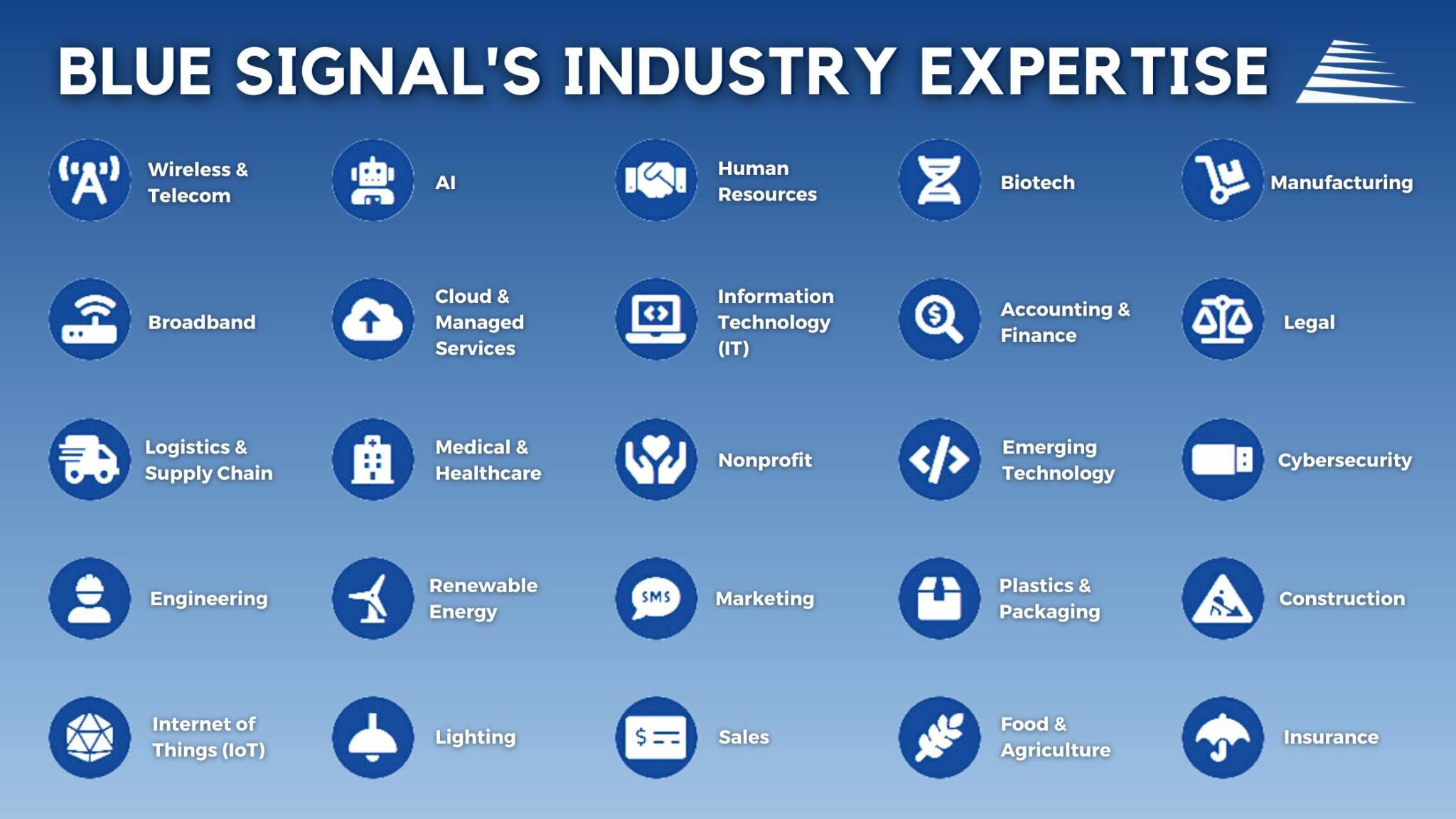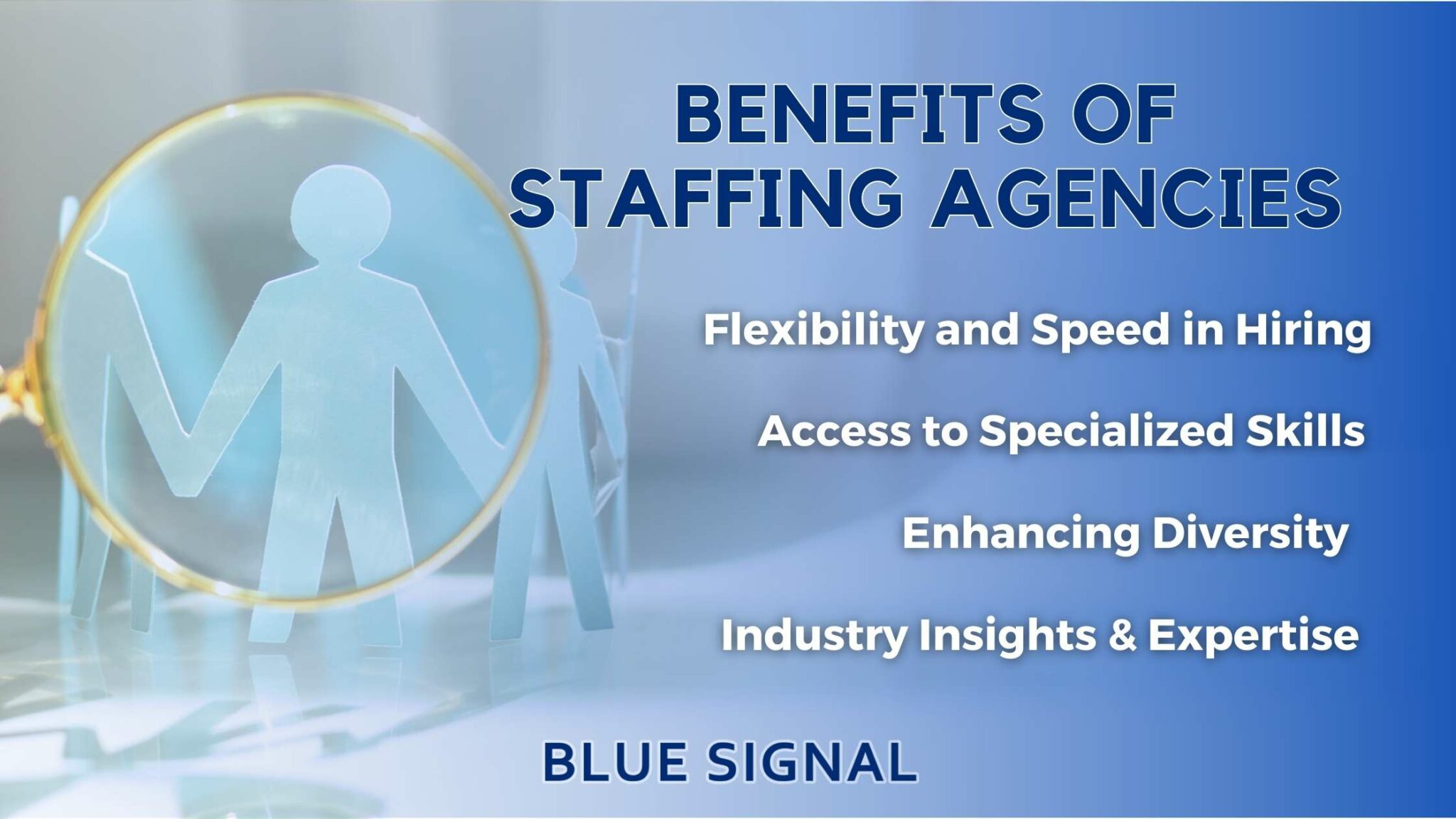Blue Signal Search Recognized by AZ Big Media as One of the Top 100 Best Places to Work in Arizona for 2024!
[Phoenix, Arizona, June 2024] - Blue Signal Search is proud to announce its recognition by AZ Big Media as one of the Top 100 Best Places to Work in Arizona 2024. This prestigious accolade highlights Blue Signal's commitment to fostering a dynamic, inclusive, and rewarding workplace environment.
The ranking, presented by AZ Big Media, showcases the 100 best places to live and work in Arizona, acknowledging companies that excel in creating positive work environments and demonstrating exceptional leadership in employee satisfaction and corporate culture.
“Blue Signal is honored to be named among the top companies to work for in Arizona. This recognition is a testament to our dedication to creating an inclusive and supportive workplace where every team member can thrive and succeed. We believe that our people are our greatest asset, and this honor reflects our ongoing efforts to prioritize their well-being and professional growth.” - Matt Walsh, CEO of Blue Signal Search
Blue Signal Search has consistently focused on building a collaborative and innovative work culture that attracts top talent and empowers employees to achieve their best. Key initiatives contributing to this recognition as one of the Top 100 Best Places to Work in Arizona include:
- Comprehensive Employee Benefits: Offering competitive salaries, comprehensive health benefits, and wellness programs.
- Professional Development: Providing continuous learning opportunities, including leadership certifications and mentorship programs.
- Inclusive Workplace: Promoting diversity, equity, and inclusion through various initiatives and employee resource groups.
- Work-Life Balance: Supporting flexible work arrangements and a healthy work-life balance to ensure employee well-being.
As part of our commitment to excellence, Blue Signal Search continually seeks to enhance its workplace culture by listening to employee feedback and implementing innovative solutions to support their needs. Being recognized as one of the Top 100 Best Places to Work in Arizona 2024 further validates our efforts.
To learn more about what makes Blue Signal Search a great place to work, watch our video here.
More about AZ Big Media
For more than 30 years, AZ Big Media has been bringing readers the state’s most compelling business, real estate, and lifestyle news through the print editions of AZ Business and AZRE magazines, Ranking Arizona, AZ Business Leaders, Experience AZ, People & Projects to Know, Arizona Business Angels, and Play Ball, the only official spring training publication of The Cactus League.
The company has the fastest-growing news website in the U.S., that serves as a complement to its print publications and incorporates up-to-the-minute breaking news, compelling business stories, C-Level executive editorial profiles, and much more.
About Blue Signal Search
Blue Signal Search is dedicated to connecting top talent with innovative companies across various industries. Having successfully completed over 2,700 search projects, we have the experience, relationships, and tools to support our clients in securing high-caliber talent within tight timeframes with our streamlined search processes. As an award-winning, top executive search firm, we have been a driving force in our clients’ professional successes. We immerse ourselves in our client’s businesses and our candidate’s careers to fully understand top priorities and the best direction for both parties. Our reputation is built on our ability to consistently incorporate these priorities into our executive hiring process to make long-term, impactful connections.
Check Out Our Other Awards:
- 2x BBB Torch Awards for Ethics Finalist 2022, 2024
- Forbes Best Executive Search Firm, Professional Search Firm, and Staffing Firm 2020, 2023
- 3x Inc. Regionals Southwest 2022, 2023, 2024
- 3x Inc. 5000 Fastest-Growing Private Companies 2021, 2022, 2023
- 3x Best Places to Work by Phoenix Business Journal 2020, 2022, 2023
- 3x Inc. Magazine's Best Workplaces 2021, 2022, 2023
- 4x Ranked #2 Executive Search Firm in Arizona by AZ Big Media 2020, 2021, 2022, 2023
- 2x #3 Permanent Placement Firm in Arizona by AZ Big Media 2022, 2023
- 2x #3 Temporary Placement Firm in Arizona by AZ Big Media 2022, 2023
- 2022 Inc. Inaugural Power Partner
- #1 Top Company to Work for in Arizona for Millennials by BestCompaniesAZ 2022
- #1 Technical Placement by Ranking Arizona 2022
- Best and Brightest Company to Work For by NABR 2021
Partner with us for your next hire.
Set up a free consultation with a recruiting manager. Tell us about your hiring need.
By submitting this form, you consent to receive communications from Blue Signal, including phone calls, emails, and text messages.
